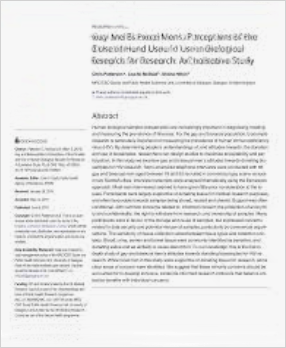Image-Based Cytometric Analysis of Fluorescent Viability and Vitality Staining Methods for Ale and Lager Fermentation Yeast
J. Am. Soc. Brew. Chem. 72(4):253-260, 2014. Stephanie Saldi, Department of Technology R&D, Nexcelom Bioscience LLC., Lawrence, MA 01843; Dan Driscoll, Avery Brewing Company, 5763 Arapahoe Ave. Ste. E, Boulder, CO 80303; and Dmitry Kuksin and Leo Li-Ying Chan, Department of Technology R&D, Nexcelom Bioscience LLC., Lawrence, MA 01843.
Saccharomyces cerevisiae have been an essential component of beer production for centuries. The viability and vitality of yeast during a fermentation brewing process is an especially important consideration for proper cell growth, consistent flavor, and optimal production yield. The current definition of viability refers to yeast with intact membranes, while vitality refers to yeast with quantifiable metabolic activity and an ability to proliferate. Yeast may be viable, but may not be actively proliferating, which can affect the fermentation process. The traditional method for measuring yeast viability utilizes manual counting of methylene blue stained yeast cells in a hemacytometer. However, this method can be time consuming and has user-dependent variations. In this work, we demonstrate the capability of Cellometer Vision image cytometry for multi-fluorescent yeast viability and vitality measurements. Nine fluorescent stains were tested with this image cytometry system, including nucleic acid stains (PI, EB, 7-AAD, and DAPI), membrane potential, intracellular, and enzymatic stains (oxonol, MgANS, and CFDA-AM), as well as dual-fluorescent stains (AO/PI and CFDA-AM/PI). Each combination was validated against the traditional methylene blue method. Most importantly, we performed a time-course study to compare the viability and vitality of lager and ale yeast at Avery Brewing Company, which was used to better understand the physical and metabolic characteristics of yeast throughout the fermentation process. The results provide baseline knowledge for monitoring yeast health that may improve quality assurance procedures and produce more consistent beverage products (quality, flavor, alcohol content, etc.).

